Mongolia
Route
This is the route we drove in Mongolia. If you are interested, you can click on this image below and it will take you to the actual Google Map online. You can then zoom in (or out) to have a more detailed look.
Visa
We ended up applying for our Mongolian double entry visa in Vientiane – Laos as we had time there and preferred to apply there as it is easier to get around there.
We paid $125 (USD) plus a $5 application charge for each. Their normal process time is 4 days, but when we asked if they could please finish before the weekend (the 3rd day), they did say they would try. And, when we arrived to pick them up on Friday afternoon around 3pm, they were ready!
Visa – Mongolian Embassy Beijing
Mongolian visas are valid for 90 days from date of issue. Visas cannot be forward dated to allow for those Australians or other nationals who may be taking a longer traveling time before they reach Mongolia. It may therefore be appropriate to obtain your Mongolian visa from the Embassy in Beijing. The appropriate details are:
Location: The Embassy is at 2, Xui Shui Bei Jie, Jian Guo Men Way, Beijing China 100600. This is between the Friendship Store and the US Embassy in the main embassy district of Beijing. The entrance to the Visa Section is at the rear of the Embassy.
The Friendship Store is on Jainguomenwai Dajie. Go down Jainhua Lu street at the end of the Store (near the entrance) and turn right at the first cross street (Xiushui Nanjie). The Mongolian Embassy is the second building from the intersection on the left-hand side (approximately 150 metres from the corner). In these days of concerns over possible terrorist attack, all streets in the Embassy district are subject to close police supervision. If you indicate you want a Mongolian visa and produce your passport you should be allowed entry.
Application: Applications must be in person or by an appropriate representative. The Embassy does not receive postal applications.
Timing: The Visa Office is open every weekday from -9:00 am to 11:00 am. Normal issue time is four days. However it is possible to obtain same-day issue at an additional fee. For same day issue, lodge you application before 11:00 am and the visa will be ready after 16:00 hrs (4:00 pm).
Cost: You must pay the visa fee in Chinese currency (RMB). The cost by visa category is shown below. The conversions to US$ are rounded to the nearest 50 cents.
Single Entry/Exit Visa (Tourist) 250RMB (31USD) urgent processing: 475RMB (57USD)
Double Entry/Exit Visa (Tourist) 500RMB (61USD) urgen processing: 950RMB (115USD)
Documents: The documents required are (i) a valid passport with at least six months to expiry date; (ii) one passport sized photo; (iii) completed application form; (iv) travel itinerary for tourist visa, or letter of invitation from associated company or Civil Registration Centre of Mongolia for business or work visas. Multiple entry visas are only available for business or work visas, but double-entry for toursist is fine.
A visa is valid for 30 days after arrival, but can be extended with another 30 days if you apply for this within 7 days at the immigration office in Ulaanbaatar.
A double entry visa: valid for 30 days, when you leave and come back it is valid again for 30 days. You have to use both entries within 3 months.
Border crossing from Russia into Mongolia (Lake Baikal)
Please read about this border crossing on the Russia page.
Border crossing from Mongolia into Russia (Altai Republika)
Please read about this border crossing on the Russia page.
China – Mongolia border crossing (Erenhot / Zamyn Uud)
We were all looking forward to this crossing, as once in Mongolia we would get our freedom back. No more Chinese government minders, no more asking for permission to drive on a certain road, no more having to all be together, no more meetings, no more ….
We had allowed 2.5 days to get to the border from Beijing. Started driving on Thursday morning around 11AM after doing our last shopping. We were told we had to cross the border on Sunday, but after another meeting on Thursday evening it turned out that it would be possible to cross earlier. As we’re trying to get to Ulaanbaatar for the annual Naadam festival on 11-12 July, we were happy to hear this as we would then have an extra day to cross the Gobi Desert.
So we headed for Erenhot on Friday, arriving around 3PM. Plenty of time to fill up with both water and fuel (diesel is slightly more expensive in Mongolia) and get ready for our break-up party.
Andy (our guide) had to drop off some paperwork to the customs office and then the waiting game began. Later that afternoon we were told that an early morning crossing of the border was not going to be possible, but maybe we would be able to cross at 11, otherwise it might be 2.30 after they had finished their lunch. He would tell us more in the morning.
In the morning we had no news, we waited until 10-ish and called Andy. It was not going to be 11, but he didn’t really know anything. Around 1PM we still hadn’t heard anything so we called again and decided to all meet up and drive towards the border and have another meeting. Andy didn’t know anything and all we understood is the computer was not working in the customs office. We needed something printed, but all the paperwork was finished already. Confusion all around.
We waited, and waited some more. And finally at 15.45PM we were told to quickly drive to the border. First you pass the police checkpoint and then you get to the big rainbow. On the right is the small Chinese customs building where we had to stop. All they wanted was check the vehicle numbers and engine numbers off their list, so that was only a short stop. Locals get their loads checked too as there is a lot of border traffic to buy cheap things in China and banged up old 4WDs are queuing up to get back to Mongolia.
We had to drive a little bit further where we then had to park the vehicles and go on foot into the immigrations building. It’s a very large and modern building and we were waved past the line of waiting locals to a different booth. Shortly after we all had our exit stamps, we were free!!!
Then the fun began…
The drivers were allowed to walk back through the building, the passengers had to keep walking out the front door, where we picked up the cars. After picking up the passengers, we now had to drive the 2km of no-men’s land to the Mongolian immigration buildings. This seemed a true lawless strip of land. We saw 2 punch-ups, cars being towed across, cars driving with a completely flat tyre, cars bumping into each other and we also had to ‘fight’ for our position in the queue. From all sides they would try to push in, and with their often severely damaged cars, they wouldn’t car about another scratch or bump…
We managed to block most of them and soon we found ourselves at the Mongolian side. Now what?
Jon and I tried our usual tactic of just keep driving until somebody stops you and tells you what to do. It seemed to work. We were told to park just before the car spraying area. We got out with our passports and tried to work out what was happening. It seemed to be important to get an arrivals card to fill in and a small white bit of paper for the car.
After pushing our little paper a few times through the window and getting it back without anything done to it, we were told to move our cars on. All of a sudden the little white bit of paper wasn’t important anymore. We had worked out you had to fill in your licence plate number and later found out we also had to add the car manufacturer and the number of seats, but when we left that little office we hadn’t done anything with the white bit of paper yet.
We drove on, again until somebody stopped us and told us to park. Drivers went to a little office outside, to the left of the building. This is where we were told to add the other details and were given a green stamp on the white bit of paper. The drivers then also went inside, into the main building where we went through customs. Another green stamp was given, but this time in our passport. All it shows is the date you entered.
After that we were good to go and all 5 cars drove into Mongolia. As it was now 6PM we were going to stop in Zamyn-Uud for some dinner, but most importantly to see if the Mobicom shop was still open. It wasn’t, but he opened the door for us anyway and helped us all get our new simcard. Talk about service! Whilst we were getting our new simcards, the lady from the customs office rocked up at the cars which were parked in front of the Trans Siberian Railway Station. She was looking for us as we had skipped a step at the border! Oops.

the Mongolian custom officers followed us into Zamyn Uud as we had forgotten to do some paperwork at the border
She needed a copy of our registration papers, a copy of Jon’s passport and the temporary import permit form had to be filled in. We kept the top part of the temporary import form, she took the bottom bit. And now we had really finished crossing the border and got our new simcards with 1Gb of data. We’re ready for Mongolia!
Mongolia – Russia border crossing (Suukhbaatar / Kyakhta – Lake Baikal area)
Unexpectedly we arrive at a closed gate and park the car on the left as we assume we have to do some paperwork here. We get out of the car with our passports and car papers and walk over to the little gatehouse. The guard asks us “Russia?” and when we nod he waves us through. No checks here, it just seems they want to stop people getting to the actual immigration building with this gate.

this is the gate we spotted and we parked on the left. But you can just continue driving and it will be opened for you
We drive on and are waved through at the next gate too (see photo below), but when we enter the big red bricked building, the first customs lady at the desk on our right tells us we need a little slip of paper which we should have received from that gatehouse where the guard waved us through (the second one).

the gatehouse where they waved us through. Don’t continue driving here, you need to get a little bit of paper (they need to see your registration papers etc)
We walk back and after we show him our registration papers he enters something into his computer system and we are given our exit form for the car. We fill it in and the lady stamps it, after which we go to another office to stamp it again (the office on the left, before passport control).
At the second desk on the right the lady wants to see the car, so we go outside and show her the car. They only look in the front, no problems here. We walk back inside with her and she now wants to see the temporary import papers from our China-Mongolia border, the car rego papers and the new exit form. She keeps the temporary import document and gives the exit form back to the other office on the left, but they didn’t do much with it, maybe they just wanted to check it.
Passports are stamped just past the security check (which isn’t working at the moment).
When we get in the car, a guy in army camouflage tells us to park under cover for a customs check. He seems more curious than anything else and asks us to open a few drawers, practices his English when he sees the laptop and the books. All very friendly and a few minutes later we are on our way. He adds another stamp to the exit papers of the car (the green stamp) and hands it back to us.

car customs control paper you get at the gatehouse (this is how it will look after completing all steps – you will have 4 stamps on it)
Just before we enter no-man’s land the Mongolian guard at the gate collects this bit of paper and checks if you have an exit stamp in your passport too.
It’s only a short drive to the Russian gate which is closed. We wait a few minutes and then somebody comes to open it for us. She gives us 2 bits of paper: our arrivals and departure cards which we fill in as we stop at the next gatehouse.
We show our passports here and she checks them thoroughly, very thoroughly. She speaks some English and we have no problem communicating with her. She does take her time, calling somebody and tells us to please sit in our car whilst we wait. It doesn’t take that long before she hands over our passports to the next gatehouse. The lady who works there speaks perfect English (or has she been asked to come over to help out?) and helps Jon fill in the car import paperwork. It has to be filled in twice.
She keeps one and after adding another stamp and a sticker with reference numbers and our licence plate number to the other one we get that back.
Time to check the car. They had already checked the underneath of our car with a mirror on a stick and now they want to see the inside. The lady who speaks English joins us when we open up for the customs officer. We show him a few things, but it’s not an ‘open up everything and unpack it all’ experience. Maybe we’ll get that one day, but so far all our border crossings have been nice and easy.
Back in the same office they finish doing the paperwork, we were handed our copy and told we were free to go into Russia. We just drive out the gate where they check if you have all the stamps and paperwork done correctly and that’s it. We’re in Russia on our way to Lake Baikal.
The whole process (leaving Mongolia and entering Russia) took only 1.5hrs.
Sim card
We bought a Mobicom sim card. The sim card itself was 5000T (approx. $4) and is valid for 4 months. It includes 4000T for calling and sms, a pretty good deal as 1 minute of local call only costs 70T to another mobile from Mobicom, or 100T to any other network. We then bought 1Gb of data for 14000T, valid for a month and with pretty good coverage. 3G in all towns, however small and 2G in a lot of other areas. Of course there are vast areas without any coverage, so we are very happy to carry our satellite phone in case of an emergency.
We still can’t get our personal hotspot working on the iPhone, but this appears to be an iPhone problem rather than a Mobicom related issue. Hopefully Apple will pull it’s finger our soon and sort this out.
Roads
There is not a lot of tarmac in Mongolia. As we were driving in from China we saw they were working on a new road that links Zamyn-Uud (the border town) with Sainshand. About 40km before Sainshand we found tarmac going further north towards Ulaanbaatar, but as we turned west from Sainshand (to drive into the Gobi) we don’t know if it is tarmac all the way from Sainshand to UB.
Tracks go everywhere, but with some common sense you can easily work out where you need to go. We used a combination of a paper map (can’t beat the good ol’ fashioned paper map), a Garmin GPS with Open Street Maps for Mongolia on it, Apple maps on our iphone, Pocket Earth Maps on our iphone (rarely used) and we learned the Russian alphabet. And we can definitely recommend you spend some time learning the Cyrillic alphabet as it makes it a lot easier to read the road signs, which are often only written in Cyrillic. Knowing what the place name is called where you want to go and reading the signs makes it obvious which way to go.
Another thing to remember is travel times. When people describe dirt tracks, their condition and how fast you can travel on them, keep in mind that Mongols and tourists renting a car will drive a lot faster on tracks than you with your own car or truck. For example the track from Sainshand to Dalangzadad in the Gobi Desert is a great track. When driving in a rented vehicle with only your backpack full of clothes in the back you could easily drive 60-70km an hour if you don’t mind the occasional airlift. In your own car (that still has to get you to London in one piece) with pots and pans, computers and boxes of food and other things you’d probably more realistically drive around 40-50km an hour.
Animals
We have seen a lot of animals in Mongolia! I’ll try to update the captions as soon as I can (ran out of time!)



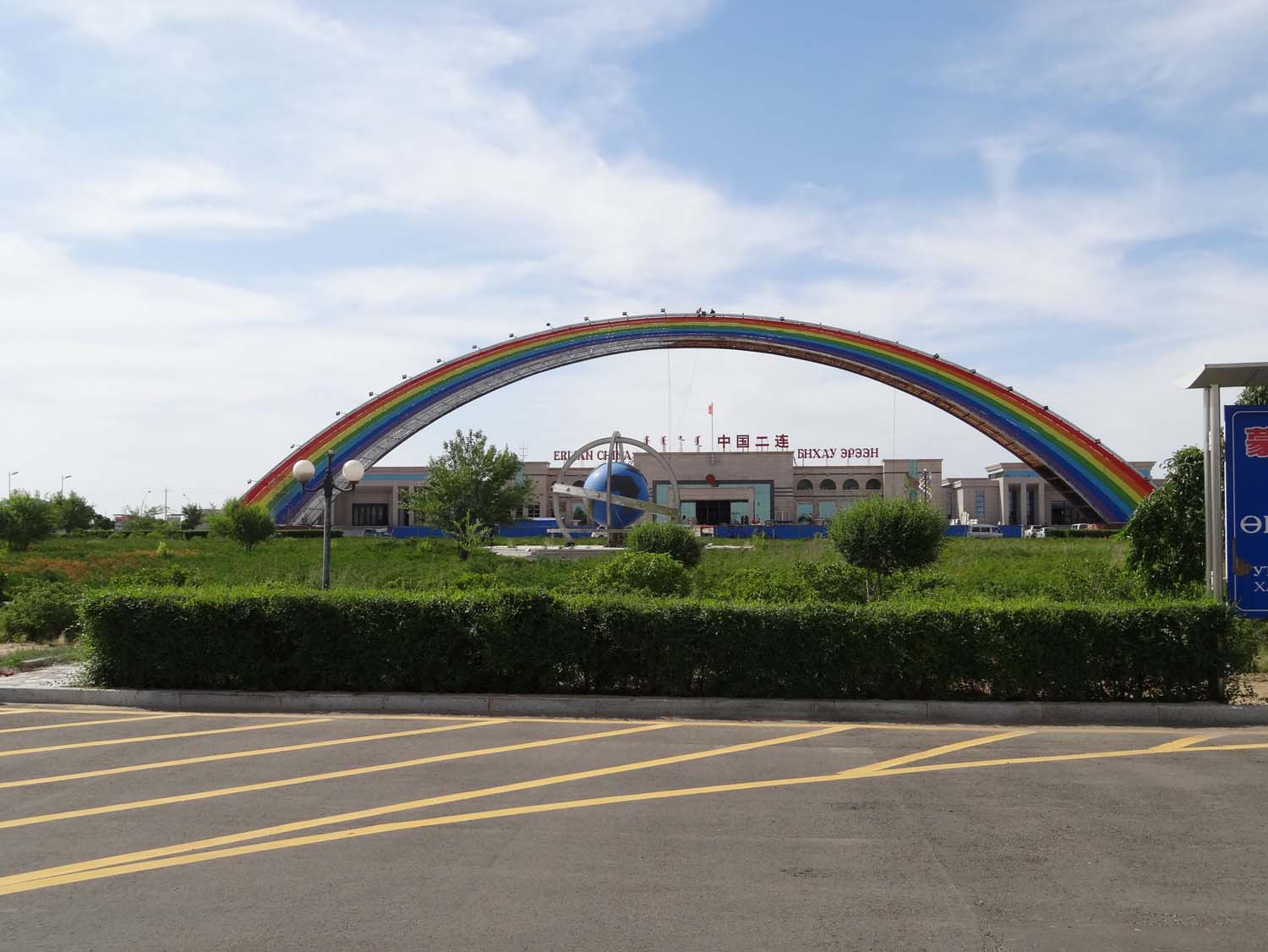
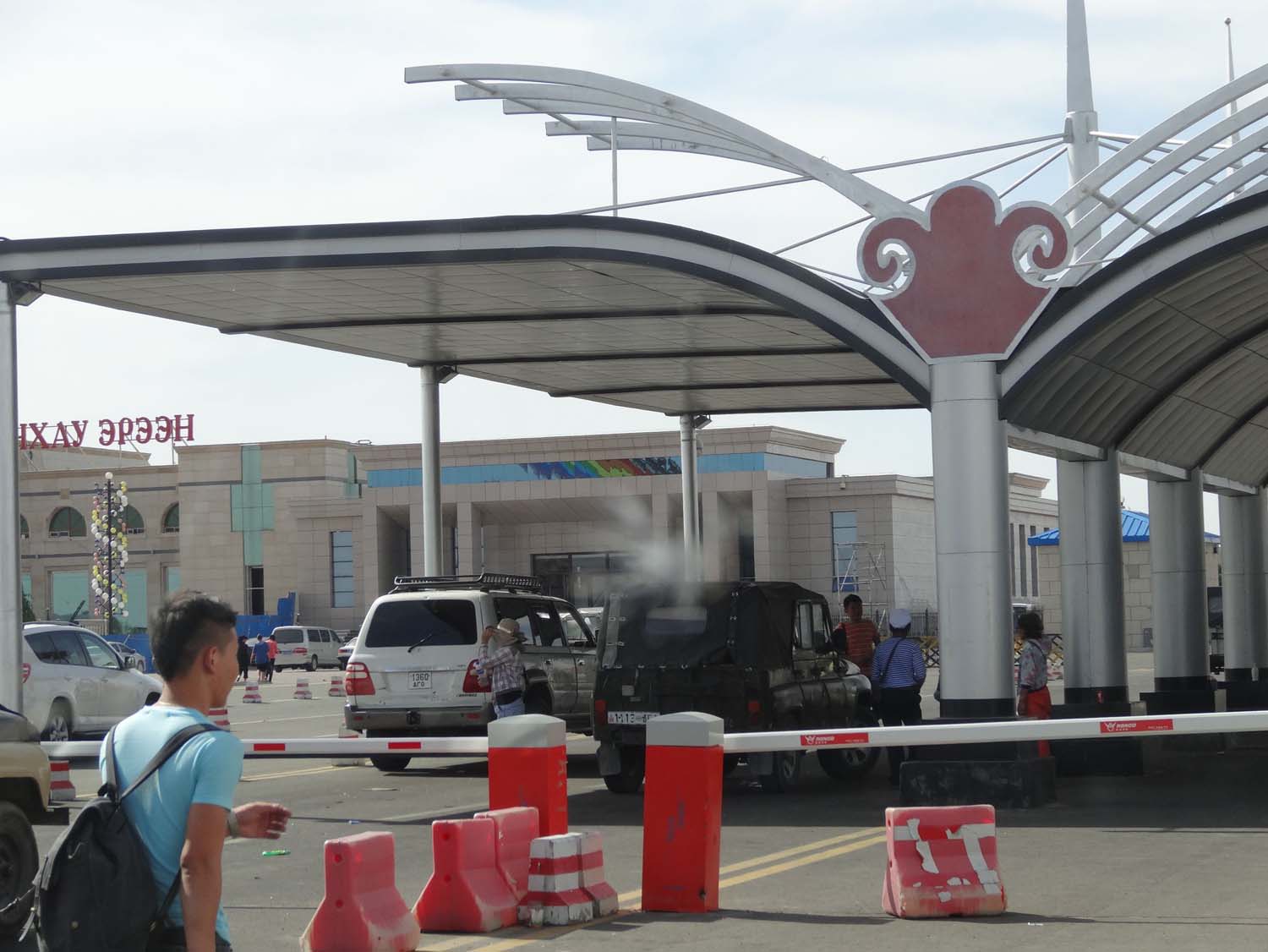






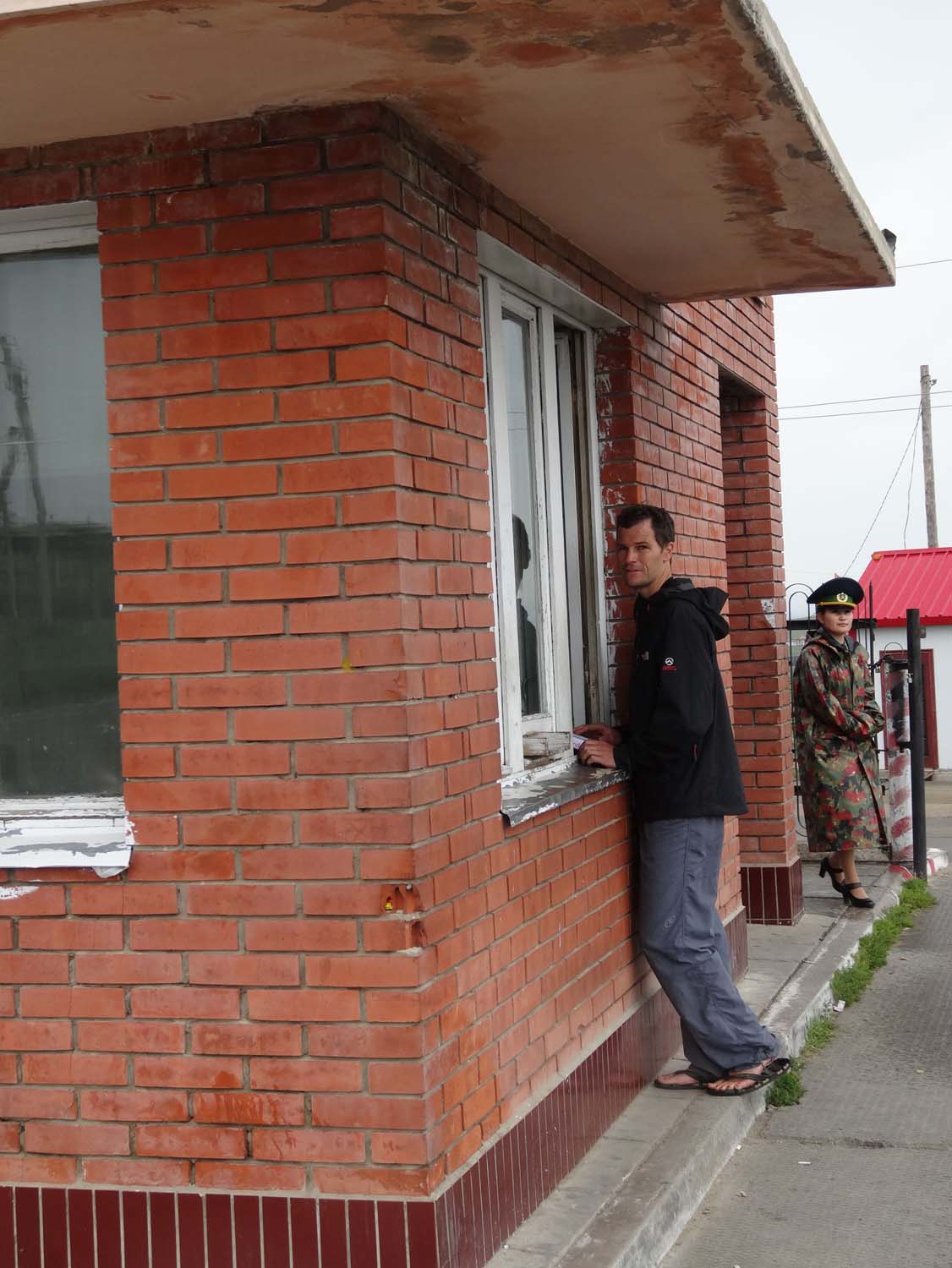


















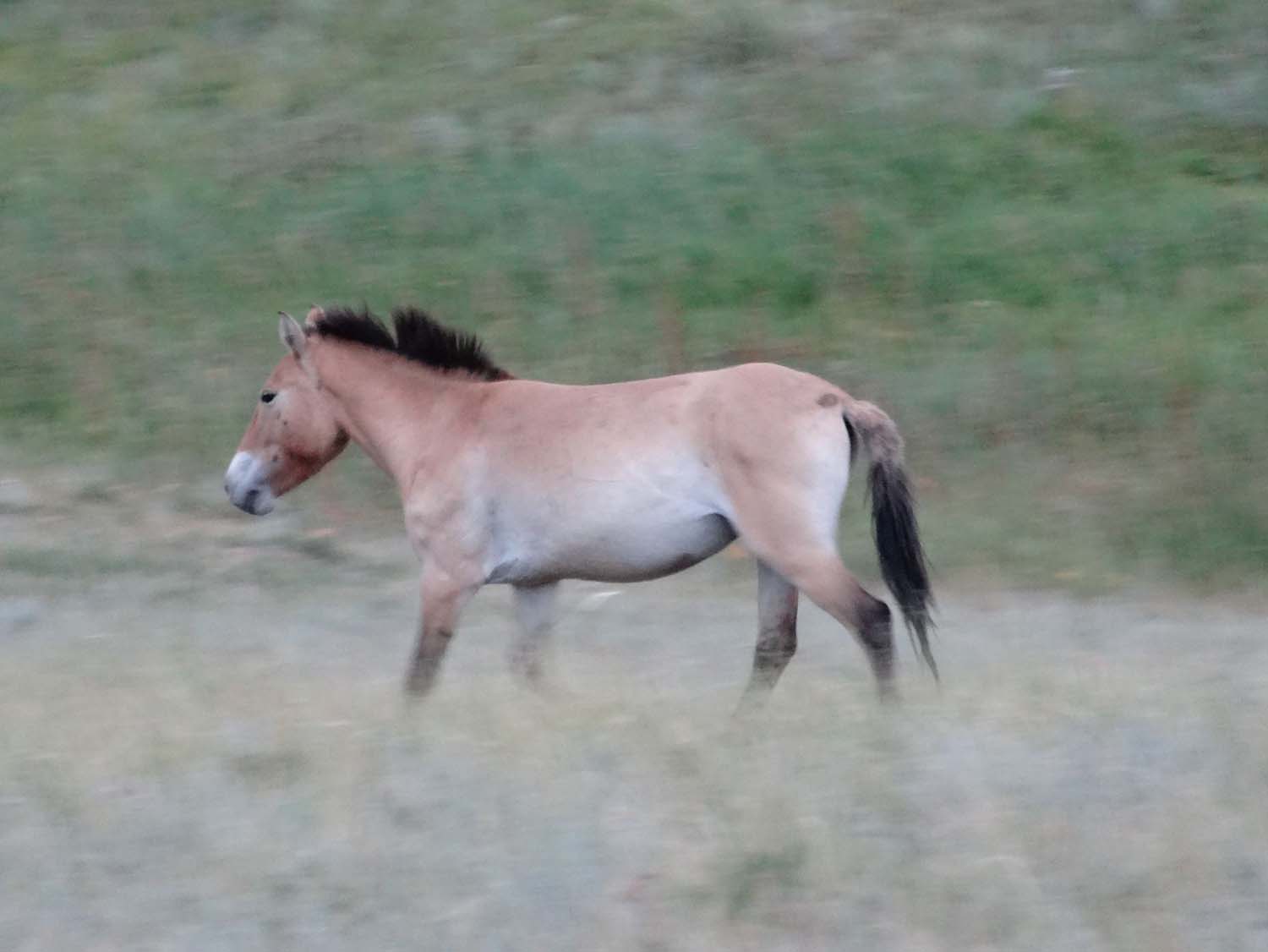
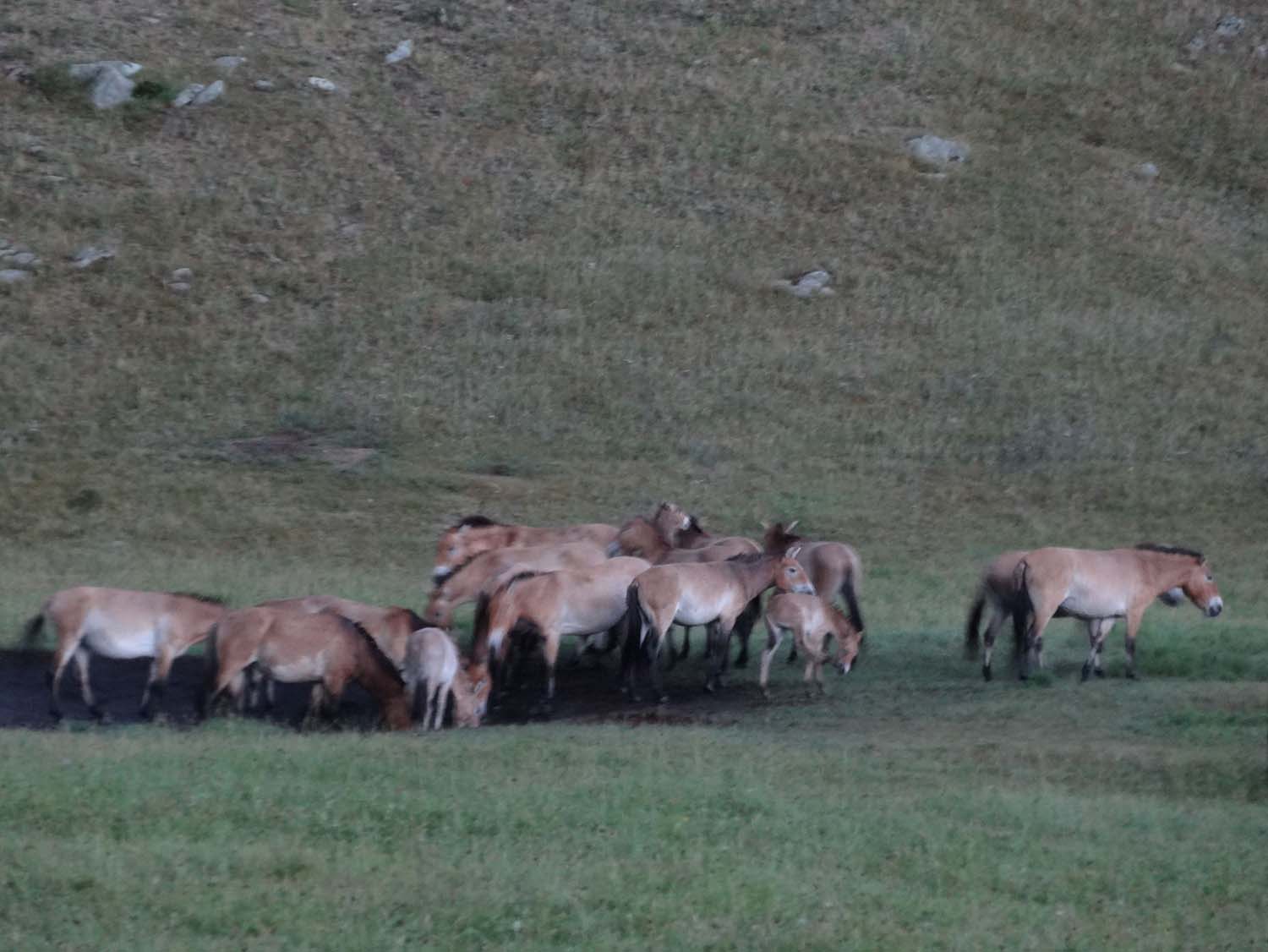

















really useful info! Can I ask whether the issue of right hand drive cars was ever brought up?
Thanks, Adrian
Hi Adrian, we never had an issue with our right hand drive car. The only countries we know that won’t allow you in are Vietnam and Azerbaijan…. In Mongolia about half the cars are right hand drive and the other half left hand drive! A country with a true mix, more than anywhere else we have seen. Hope that’s the answer you were looking for! Cheers, jude